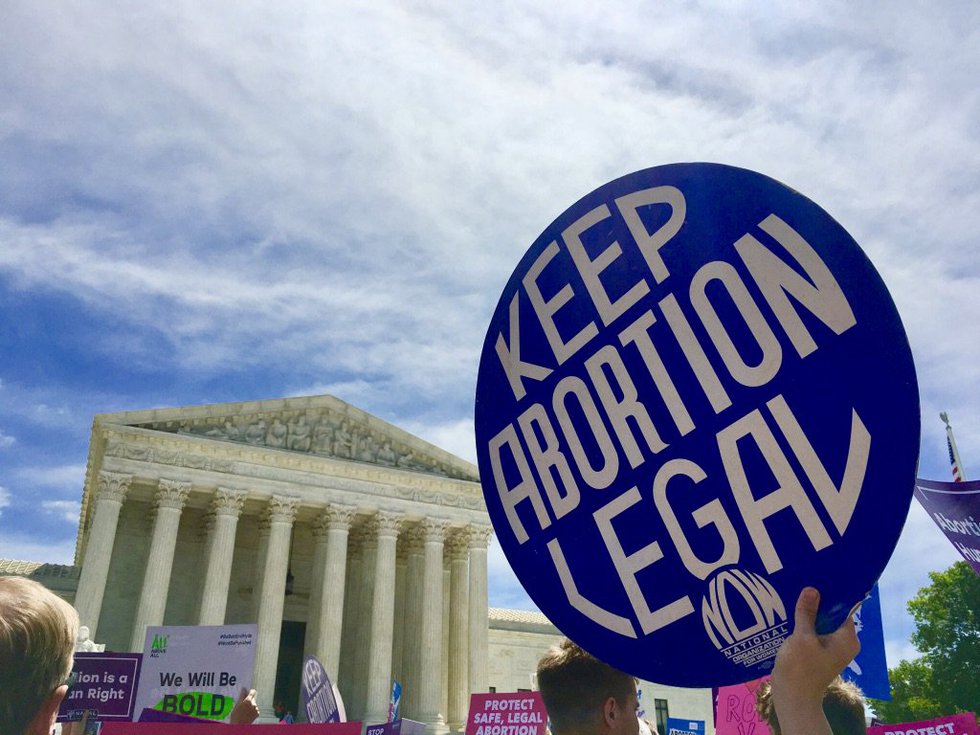Review of “Fighting Mad”, which examines outrage at the end of “Roe v. Wade”.
Review of” Fighting Mad,” which examines the outcry over” Roe v. Wade’s” conclusion. Review of” Fighting Mad,” which examines the outcry over” Roe v. Wade’s” conclusion.
Review of “Fighting Mad”, which examines outrage at the end of “Roe v. Wade”.
Shortly after the Supreme Court issued its June 2022 decision in Dobbs v. Jackson Women’s Health Organization, the case that ended the federal right to legal abortion, historian Rickie Solinger began hearing friends and colleagues lament the lack of street protest and visible outrage over the decision. Where, they asked, was the fury?. . Fighting Mad: Resisting the End of Roe v. Wade. . Edited by Krystale E. Littlejohn and Rickie Solinger. . University of California Press, 392 pages. . Release date: March 19, 2024. . Fighting Mad: Resisting the End of Roe v. Wade, a collection of fifty-two essays primarily written by young people of color, is an attempt to answer that question. The book starts with the premise that Roe v. Wade, the 1973 decision that legalized abortion, was never broad or inclusive enough to make it truly available and accessible to all. Instead, Solinger and Krystale E. Littlejohn write that the largely white pro-choice movement allowed pregnancy termination to be described as a “necessary evil,” a medical procedure that should be safe and legal, but rare. This assertion was bolstered by court decisions that allowed abortion to be winnowed away as long as the imposed limitations did not pose an “undue burden” on the person seeking care.. . The upshot was that for the forty-nine years that Roe was in effect, abortion, and reproductive health care more generally, became increasingly out of reach for a large number of people. Among the excluded: Medicaid recipients whose health insurance stopped covering abortion in 1977; most prison inmates; rural residents living in “abortion deserts”; and those whose access was stymied by obstacles including twenty-four- to seventy-two-hour waiting periods between counseling and the procedure, parental consent or notification requirements for those under the age of eighteen, mandated lectures meant to discourage abortion, and unnecessary pre-surgery ultrasounds.. . They’re maddening barriers, but as Native poet and activist Coya White Hat-Artichoker writes in an essay called “Colonization, Resistance, and Indigenous Reproductive Justice,” while Dobbs will undoubtedly further limit abortion access, the decision also gives reproductive justice activists an opportunity “to be bolder, dream bigger, and push at all points of resistance.”. . This idea—crisis as opportunity—puts an upbeat spin on our current political climate. What’s more, Fighting Mad is a showcase for the many ways that people are, and have been, pushing back against abortion restrictions for decades, whether by raising funds to help people travel for care; access medication abortion; negotiate for abortion coverage in collective bargaining agreements; working to promote pro-choice legislation that expands access to both comprehensive counseling and medical care; or speaking out to destigmatize abortion and promote it as a social good.. . As Fighting Mad makes clear, many religious groups have been open to this messaging. In fact, most Buddhist, Jewish, Muslim, and Protestant groups support bodily autonomy and see abortion access as an issue of religious freedom—that is, the right of every person to make decisions that align with their conscience.. . “I am pro-choice not in spite of my faith but because of it,” United Church of Christ pastor Laurinda Hafner writes in “Abortion and Faith in Florida.”. . “The idea of religious freedom comes directly from the teachings of Jesus, who sought to undo the oppressive rules and laws of his day so that all would live in a just and equitable society.”. . The compassionate example of Jesus, Hafner writes, prompted her to not only help congregants who needed comprehensive reproductive health care, but to also join a legal challenge to Florida’s House Bill 5, The Reducing Fetal and Infant Mortality Act, signed by Governor Ron DeSantis in 2022. The lawsuit charges that the bill, which bans abortion after fifteen weeks, violates freedom of speech, the free exercise of religion, and church-state separation.. . In addition, Hafner writes, the lawsuit boldly challenges the wrongheaded but pervasive idea that all people of faith see abortion as morally repugnant.. . Her essay, and others written by allies Rabbi Danya Ruttenberg; Toni Bond, a professor of ethics at Methodist Theological School; and the leaders of seven Muslim American organizations are an important corrective.. . Moreover, Fighting Mad is a balm for anyone who feels that the long-predicted end of Roe will inevitably lead to further losses and setbacks. While this is of course possible, as a compendium of creative strategies for building the world we want, this book not only stokes optimism, but models the myriad ways that people can make a difference in the lives of their peers and simultaneously improve their communities.. . That said, the anthology’s contributors are realistic and understand that winning reproductive freedom will not be easy or straightforward. Nonetheless, the book’s editors and contributors convey a sense of cautious enthusiasm.. . “We have a real opportunity to build anew,” White Hat-Artichoker writes, “to build a coalition that truly embraces all of us and sacrifices none of us. However, it means that we might have to explicitly acknowledge race, history, power, and justice. If we can’t do that, we won’t win.”. . For co-editor Solinger, the urgency of this injunction is at the crux of Fighting Mad. “The reproductive justice movement intersects with Indigenous justice, disability justice, and racial justice,” she tells The Progressive. “The concept of ‘choice’ never did this.”. . Choice, she explains, never achieved safety, dignity, autonomy, full personhood or even abortion access for incarcerated people, the poor, rural residents, or people with disabilities.. . “As long as people live in toxic neighborhoods, in communities that lack accessible medical care, or in places that are violent, choice will be a limited concept,” she continued. “Fighting Mad looks at the activism that is being mounted throughout the country and captures what people are trying to do to undercut male supremacy and white supremacy, and to promote reproductive and gender justice. Fighting Mad shows readers an array of rich options for channeling their frustration over Dobbs so that we can build a better, fairer and more equitable United States.”










